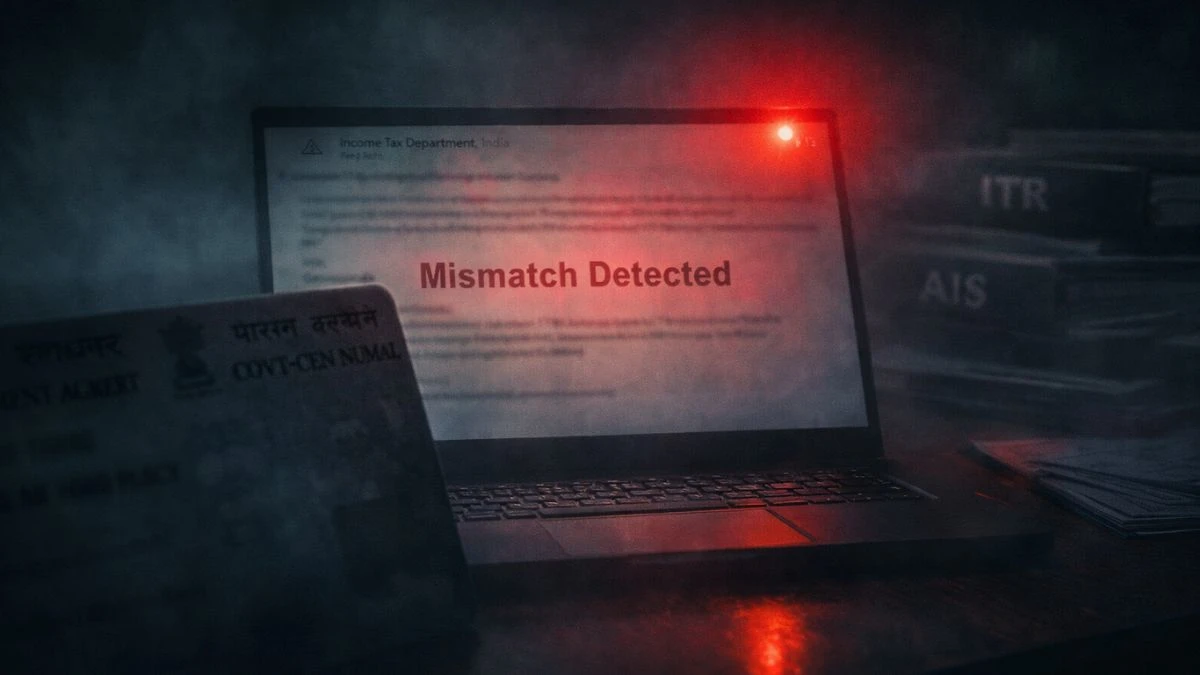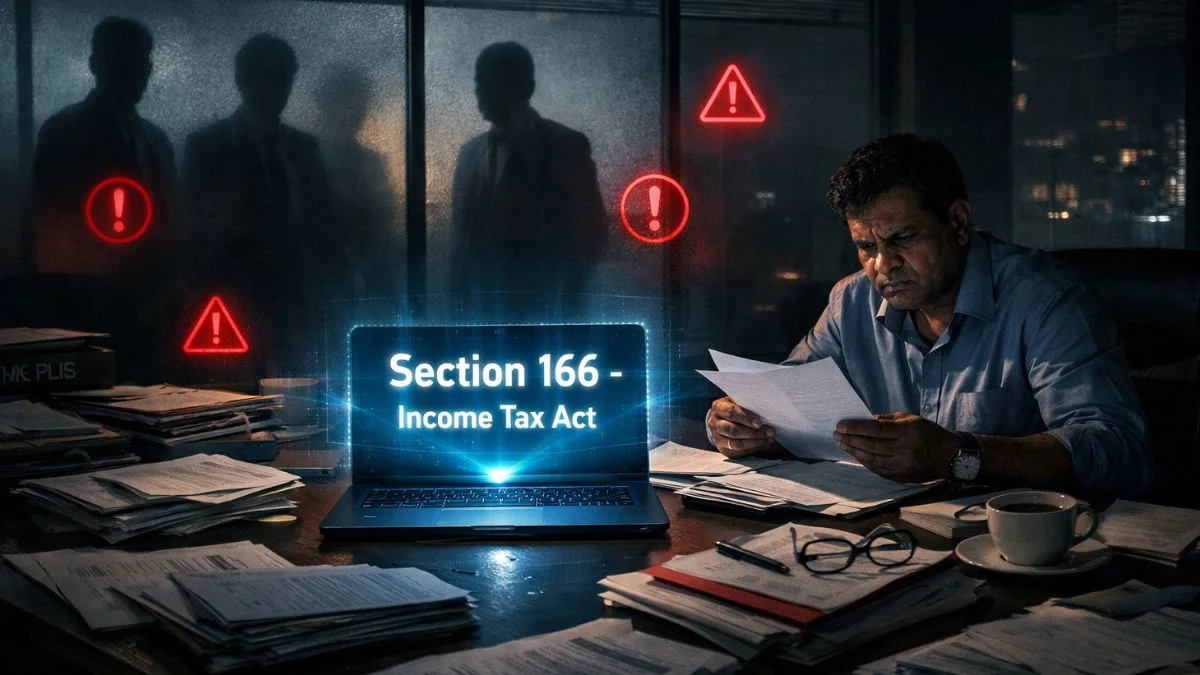
Imagine this: it’s March 31, and you realise your total tax dues are ₹1.2 lakh. You rush to pay it, only to discover penalties & interest have quietly crept in.
That’s exactly why the advance tax section in income tax exists — so you don’t end up in that stressful, last-minute situation.
Advance tax is like paying your dues gradually rather than all at once. Think of it as splitting your tax bill into easy instalments throughout the year. The government gets steady revenue; you get peace of mind.
The Legal Spine — Sections 207 to 211
The advance tax section under income tax act is not just one clause; it’s a complete framework spread across five sections:
- Section 207 – explains who must pay advance tax.
- Section 208 – sets the threshold (tax due ≥ ₹10,000).
- Section 209 – guides how to compute the amount.
- Section 210 – prescribes when & how to pay.
- Section 211 – lists the exact due dates.
Together, these sections ensure that taxes flow regularly into the system rather than piling up at year-end.
Why Advance Tax Matters
Before this rule, taxpayers used to pay everything at once after the year closed. The result? Chaos — both for citizens & for government cash flow.
The advance income tax section fixed that. It turned tax payment into a smooth, predictable process.
For you, it’s not just compliance; it’s budgeting. By setting aside a portion of income every quarter, you avoid the panic of finding a large sum later.
Who Needs to Pay It
The rule is simple: if your total tax liability (after TDS) exceeds ₹10,000 in a financial year, you must pay advance tax.
That includes:
- Salaried individuals with side income (rent, capital gains, freelancing).
- Business owners & professionals.
- Freelancers or consultants working with clients in India or abroad."
Senior citizens without business income are the only ones exempt. Everyone else falls under the income tax advance tax section net.
Also Read: Interest on Default in Advance Tax Instalments
When the Clock Ticks — Instalment Dates
|
Instalment |
Due Date |
Portion of Total Tax |
|
1st |
15 June |
15 % |
|
2nd |
15 September |
45 % |
|
3rd |
15 December |
75 % |
|
4th |
15 March |
100 % |
For presumptive taxpayers (Sections 44AD & 44ADA), the entire 100 % must be paid by 15 March.
Mark these dates in your planner; they repeat every year.
The Heart of It — How to Calculate
To figure out your advance tax:
- Estimate your total income for the year.
- Apply the correct slab rates.
- Subtract TDS already deducted.
- If what remains is ₹10,000 or more, it’s time to pay in instalments.
It’s not an exam; it’s an estimate. You can revise calculations later if income changes — the law allows that flexibility.
A Real-World Story: Raj and His Quarterly Dates
Meet Raj, a 32-year-old content strategist earning ₹12 lakh annually. He also makes ₹2 lakh freelancing for overseas clients.
After deductions, his total tax due works out to around ₹1.25 lakh. TDS covers ₹25,000. The balance ₹1 lakh qualifies for advance tax.
Here’s how Raj divides it:
- 15 June – ₹15,000
- 15 September – ₹30,000
- 15 December – ₹30,000
- 15 March – ₹25,000
By March, Raj has already cleared his dues — no surprises, no penalties.
That’s the whole logic of advance tax: plan a little, save a lot.
How You Can Make Tax Payment Online
Gone are the days of long queues & paper challans. Today, you can make tax payment online directly on the Income-tax portal.
Here’s how to do it:
- Visit https://www.incometax.gov.in
- Log in with your PAN and click e-Pay Tax.
- Select “Advance Tax” → choose the correct assessment year.
- Enter income details & amount payable.
- Pay via Net Banking, Debit Card, UPI, or NEFT/RTGS.
Within seconds, you’ll get a receipt (Challan 280) — your digital proof of payment.
Simple, secure, and paper-free — that’s how you learn how to make advance tax payments online in India.
Also Read: Presumptive Taxation Scheme for Professionals
If You Miss the Date
Life happens — and so do missed instalments.
When you delay payment, interest under Sections 234B & 234C automatically applies at 1 % per month on the unpaid amount.
The fix? Pay as soon as possible. Even a partial payment reduces future interest.
Pro-tip: schedule reminders on your banking app around each due date.
What You Gain by Paying on Time
✅ No interest or penalty hassles.
✅ Easier cash-flow management.
✅ Quicker ITR filing — numbers already align.
✅ A stronger financial record (useful for loans, visas, and audits).
Advance tax isn’t just an obligation; it’s smart money management disguised as compliance.
Frequent Oversights by Taxpayers
Many people slip up on tiny details:
- Treating side income as “too small to matter.”
- Entering the wrong assessment year on the challan.
- Ignoring bank interest or stock gains.
- Paying only in March instead of quarterly.
Review income sources every quarter & adjust. The advance tax section under income tax act rewards consistency.
Businesses and Professionals
Under Sections 207 to 211, businesses and professionals must estimate profit & pay tax accordingly.
Those under presumptive schemes (44AD / 44ADA) have it easier — they pay 100 % by 15 March in one go.
For startups or consultants, aligning GST & income tax records helps avoid scrutiny and interest notices later.
Overpayment, Adjustment, and Refund
Sometimes, estimates go wrong — maybe a project didn’t close or TDS was higher than expected. Don’t worry.
Any excess advance tax automatically adjusts when you file your ITR.
If you still overpay, the department refunds it straight to your registered bank account, often within weeks.
Underpayment? Clear the balance before 31 March to avoid further interest.
Transparency & timely reconciliation are your best friends.
Salaried Taxpayers and the Hidden Gap
Most salaried individuals assume TDS is enough. Yet, if you earn from other sources — say, rent from property or short-term stock trades — those aren’t covered by employer TDS.
That’s where advance tax comes in.
Checking your Form 26AS or AIS mid-year reveals whether extra tax is needed. Catching it early means you won’t face unexpected dues later.
Also Read: The Rule That Makes Advance Tax Payment Compulsory
Small Tips, Big Difference
- Keep an Excel or notes app tracker of payments."
- Always double-check assessment year before payment.
- Use online calculators to stay updated with slab changes.
- Make one extra payment before 15 March if you’re unsure — it’s safer.
A few mindful steps each quarter can save you stress during return filing season.
The Bigger Picture
The advance income tax section does more than regulate cash flow. It reflects India’s move toward proactive, self-assessed taxation. Instead of waiting for year-end chaos, taxpayers contribute gradually, ensuring national revenue runs smoothly.
With digital tools, you can make tax payment online from anywhere — whether you’re in Mumbai, Dubai, or Toronto. That’s how compliance meets convenience in today’s tax landscape.
Need Help Estimating or Paying Advance Tax?
Still unsure how much to pay or how to split instalments?
At Callmyca.com, our experts help you calculate advance tax accurately, guide you through online payment, and plan deductions to reduce liability.
Don’t wait till March — start early, stay compliant, & make tax season effortless.











